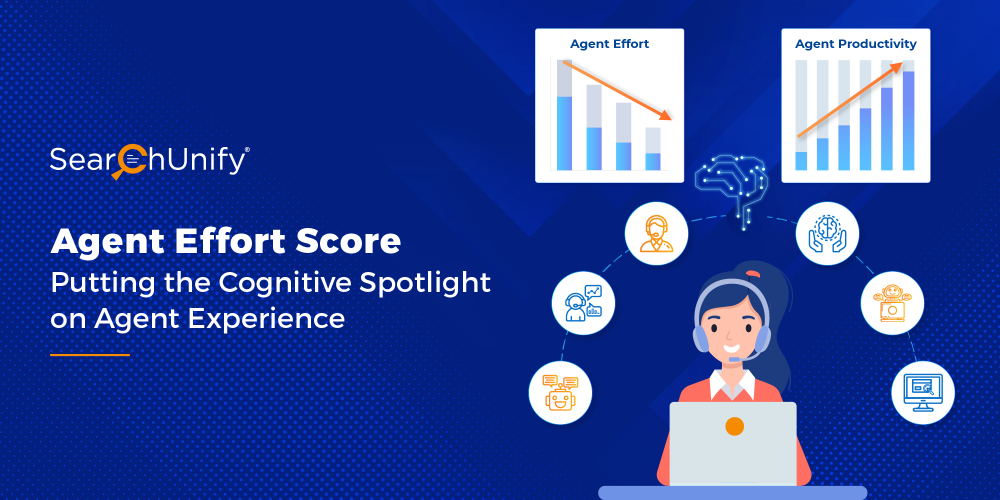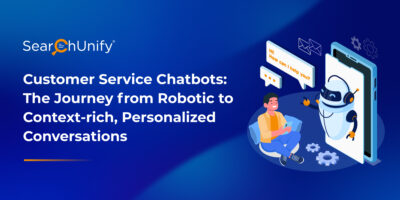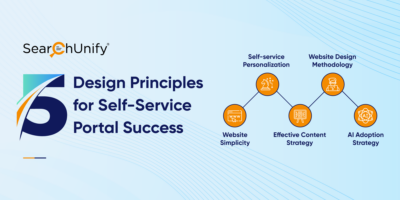
A lot has been said about reducing customer effort. But, much like Customer Effort Score (CES), organizations have also started recognizing the amount of effort it takes for an agent to fulfill their role of assisting the customers in distress. According to Gartner, organizations today spend an average of $2,500 per employee on employee experience every year.
At its core, Agent Effort Score (AES) computes how easy or difficult it is for your agents to accomplish their tasks and/or resolve customer issues. AES highlights potential friction points in your internal processes or tools that are hindering the agent’s performance. Once identified, you can smoothen the rough edges and empower your agents to provide a delightful experience to customers.
Why Should You Be Tracking AES?
The ways to calculate AES are plenty and can vary from organization to organization. You can either evaluate it by measuring the cursor movements it took to resolve an issue or go for a detailed evaluation by computing the total number of tools, dashboards, and logins required to achieve the desired results. Regardless of which method you choose, AES is an important metric to track and reduce because of the following reasons:
1. AES is Inversely Proportional to Agent Satisfaction
Futile efforts don’t only equate to poor productivity but also impact agent satisfaction (ASAT). Agents who engage in complex processes day in and day out tend to get dissatisfied, leading to high employee turnover. On the other hand, the frustration these efforts evoke within the employee will unwittingly manifest itself into the customer-employee interaction and influence the customer’s propensity to repurchase in the future. By and large, companies need to ease their agents’ efforts and guarantee a satisfying work experience to improve support outcomes.
2. Less Agent Effort Translates to Less Customer Effort
Every minute that your agent spends swiveling between systems and scouting for resolutions adds another minute to the total resolution time. Indicators of high CES include repeating themselves, call transfers, long wait times; which altogether lead to high agent effort.
According to a Gartner study, 96% of customers with a high-effort service interaction become more disloyal compared to just 9% who have a low-effort experience.
5 Ways Cognitive Technology Helps Reduce Agent Effort
Embedding cognitive technology in your everyday operations can significantly bring down agent efforts. Here’s how:
1. Quashes the Swivel Chair Effect
Since enterprise data is scattered across multiple platforms and systems, your agents waste ample time toggling between different consoles to find relevant information. This swiveling leads to long wait times and delayed responses, thereby marring CX. A cognitive platform consolidates enterprise-wide, disparate content sources to ensure instant access to case resolving information irrespective of where it resides within the organization. And with relevant information at their disposal, the agent effort is considerably alleviated along with the TTR.
2. Generates Quick & Personalized Responses
Cognitive platforms enable your support reps to resolve customer queries faster. Smart apps like Agent Helper leverage machine learning, NLP, and search analytics to fetch the most relevant case resolving information such as top related articles, top SMEs, etc., from the knowledge base. Furthermore, it maps customer journeys to personalize results that directly answer user queries, and thereby, notably reducing an agent’s effort. What’s more, some cognitive platforms offer automatic as well as manual tuning that allows you to optimize results by promoting or demoting knowledge articles as per your preference.
According to Accenture, 91 percent of consumers are more likely to “shop with brands who recognize, remember, and provide relevant offers and recommendations.”
3. Assists to Build a Robust KB
Solving customer cases is no good until they are properly documented. Because no matter how smart your search solution is, it can’t magically find answers that do not exist. Fortunately, intelligent apps like Knowbler can take this load off your agents and automate KB creation with a single click. The solution is proactively populated on a pre-created template as a by-product of agents’ resolutions for undocumented cases, which makes an agent’s life easier.
4. Facilitates Intelligent Triaging of Support Tickets
Ideally, you would want your agents to be proficient at handling all sorts of issues. In reality, however, all agents will gain expertise in different areas. Round-robin systems route an incoming ticket to the next available agent as opposed to the most appropriate one. So, agents are left with no choice but to cherry-pick and manually triage the tickets, thereby snowballing their effort. Thankfully, AI-fuelled apps like Escalation Predictor intelligently route customer complaints to the most appropriate agent from the get-go, thus helping them cut through the noise.
Did you know? 68% of customers are annoyed when their call is transferred between departments.
5. Delivers Proactive Customer Service
Knowledge is power, but only if people can use and share it. Unused knowledge tends to fall within digital gaps and into a void. This loss of knowledge is creating a great divide in delivering personalized and relevant experiences your customers expect.
Cognitive platforms leverage machine learning fueled by historical cases to help agents track down resources or articles that helped resolve similar queries earlier and predict what the user might require next. They also generate valuable insights regarding new articles that should be added to bridge content gaps and guarantee proactive customer service. As the agents can see the complete journey prior to ticket creation, they get a good understanding of what the customer is looking for, thus eliminating second-guessing from the workflows.
“Today, power is gained by sharing knowledge, not hoarding it.” – Dharmesh Shah
The Yin and Yang of Impeccable Customer Service
AES and CES work concurrently, where the effort an agent puts in to resolve customer queries spills over a user’s experience and ultimately impacts CSAT. Delivering an unmatched CX begins with equipping agents with the right cognitive tools that directly answer their questions, reduce their effort, and guarantee a stellar experience. To know how SearchUnify reduces an agents’ effort throughout their journey, request a demo today!


















